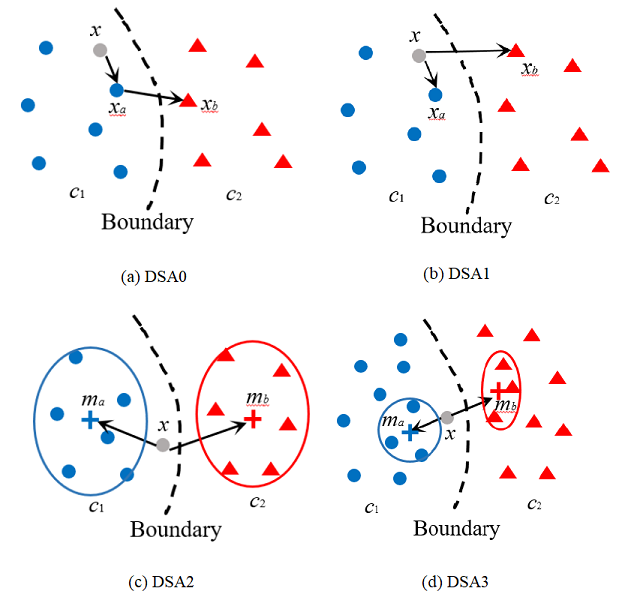Guiding Deep Learning System Testing using Surprise Adequacy
Deep Learning (DL) systems are rapidly being adopted in safety and security critical domains, urgently calling for ways to test their correctness and robustness. Testing of DL systems has traditionally relied on manual collection and labelling of data. Recently, a number of coverage criteria based on neuron activation values have been proposed. These criteria essentially count the number of neurons whose activation during the execution of a DL system satisfied certain properties, such as being above predefined thresholds. However, existing coverage criteria are not sufficiently fine grained to capture subtle behaviours exhibited by DL systems. Moreover, evaluations have focused on showing correlation between adversarial examples and proposed criteria rather than evaluating and guiding their use for actual testing of DL systems. We propose a novel test adequacy criterion for testing of DL systems, called Surprise Adequacy for Deep Learning Systems (SADL), which is based on the behaviour of DL systems with respect to their training data. We measure the surprise of an input as the difference in DL system's behaviour between the input and the training data (i.e., what was learnt during training), and subsequently develop this as an adequacy criterion: a good test input should be sufficiently but not overtly surprising compared to training data. Empirical evaluation using a range of DL systems from simple image classifiers to autonomous driving car platforms shows that systematic sampling of inputs based on their surprise can improve classification accuracy of DL systems against adversarial examples by up to 77.5% via retraining.
PDF Abstract
